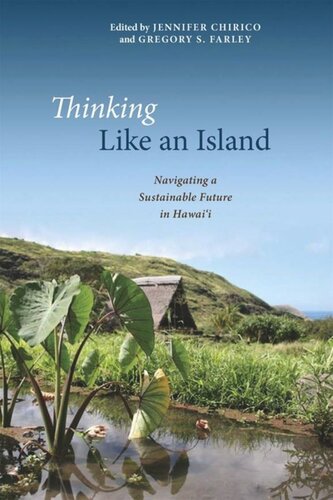

Most ebook files are in PDF format, so you can easily read them using various software such as Foxit Reader or directly on the Google Chrome browser.
Some ebook files are released by publishers in other formats such as .awz, .mobi, .epub, .fb2, etc. You may need to install specific software to read these formats on mobile/PC, such as Calibre.
Please read the tutorial at this link: https://ebookbell.com/faq
We offer FREE conversion to the popular formats you request; however, this may take some time. Therefore, right after payment, please email us, and we will try to provide the service as quickly as possible.
For some exceptional file formats or broken links (if any), please refrain from opening any disputes. Instead, email us first, and we will try to assist within a maximum of 6 hours.
EbookBell Team

0.0
0 reviewsHawaii is a rare and special place, in which beauty and isolation combine to form a vision of paradise. That isolation, though, comes at a price: resources in modern-day Hawaii are strained and expensive, and current economic models dictate that the Hawaiian Islands are reliant upon imported food, fuels, and other materials. Yet the islands supported a historic Hawaiian population of a million people or more. This was possible because Hawaiians, prior to European contact, had learned the ecological limits of their islands and how to live sustainably within them.
Today, Hawaii is experiencing a surge of new strategies that make living in the islands more ecologically, economically, and socially resilient. A vibrant native agriculture movement helps feed Hawaiians with traditional foods, and employs local farmers using traditional methods; efforts at green homebuilding help provide healthy, comfortable housing that exists in better harmony with the environment; efforts to recycle wastewater help reduce stress on fragile freshwater resources; school gardens help feed families and reconnect them with local food and farming. At the same time, many of the people who have developed these strategies find that their processes reflect, and in some cases draw from, the lessons learned by Hawaiians over thousands of years.
This collection of case studies is a road map to help other isolated communities, island and mainland, navigate their own paths to sustainability, and establishes Hawaii as a model from which other communities can draw inspiration, practical advice, and hope for the future.